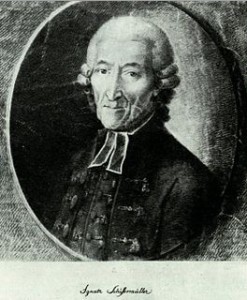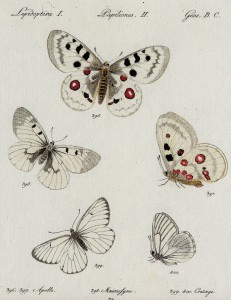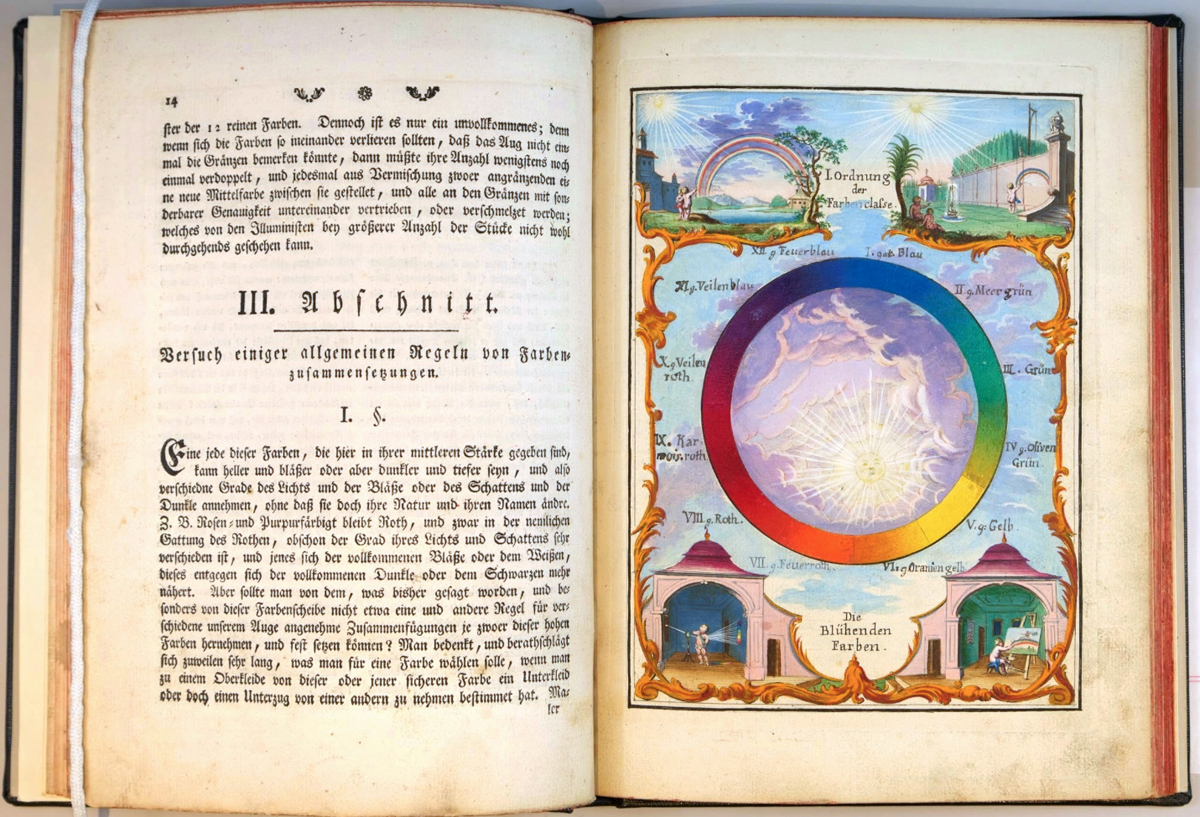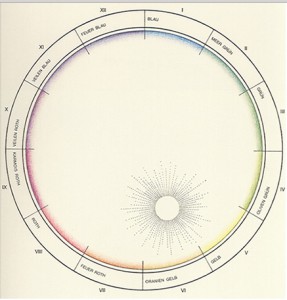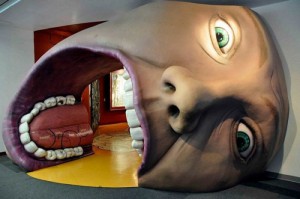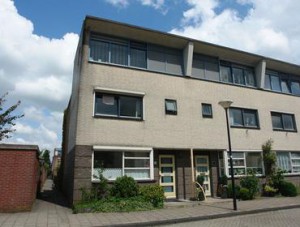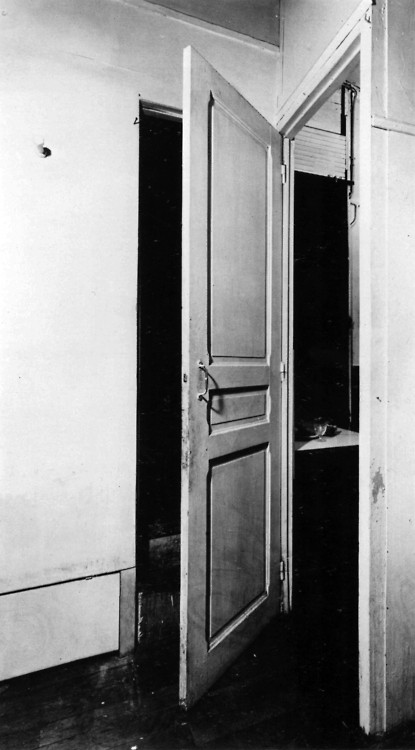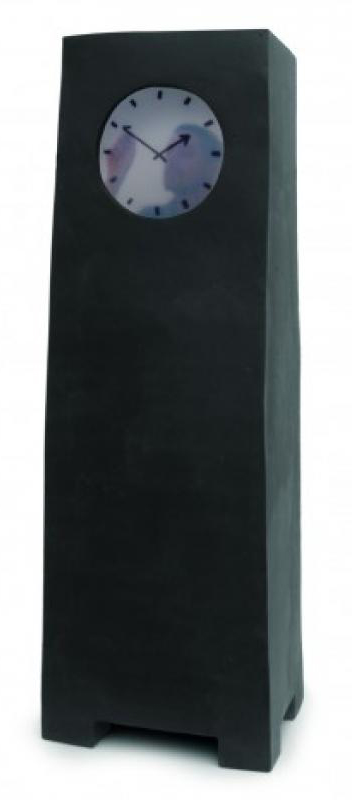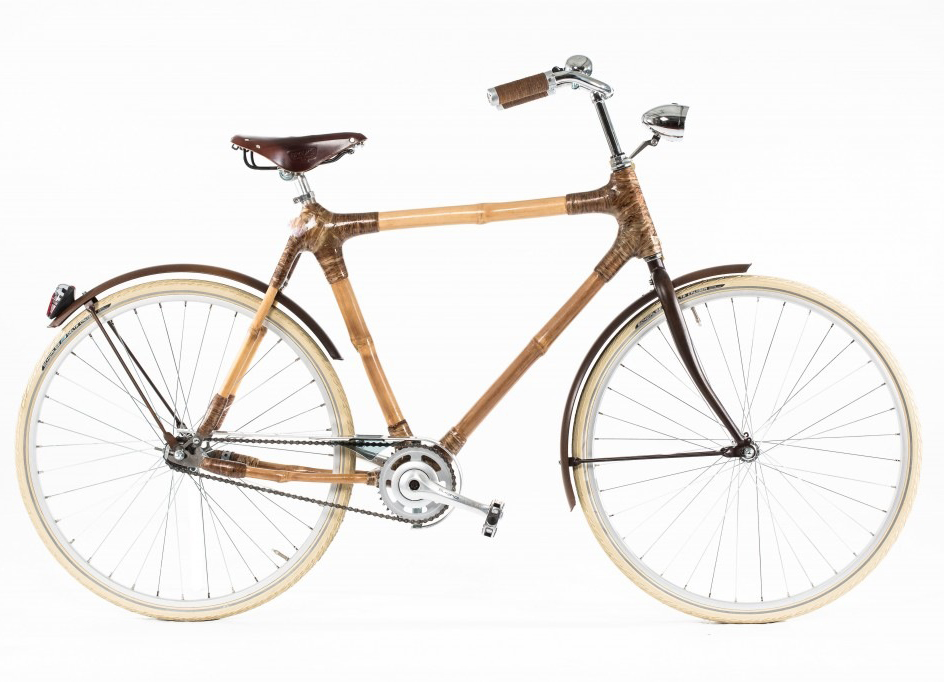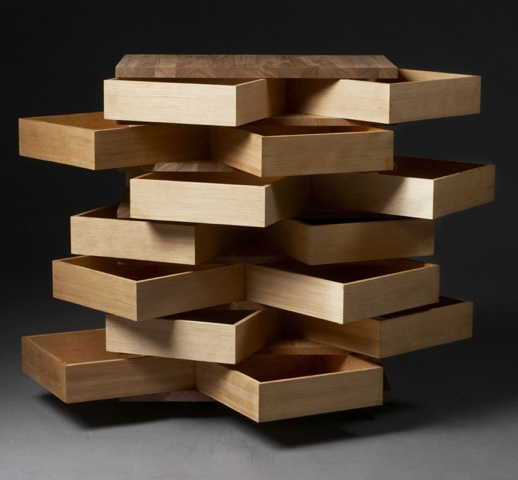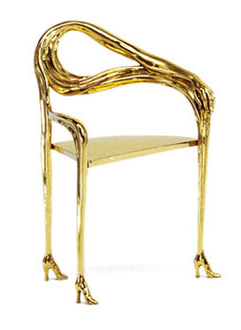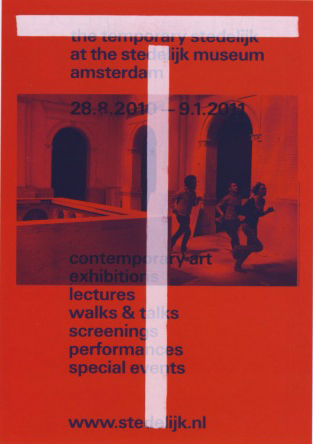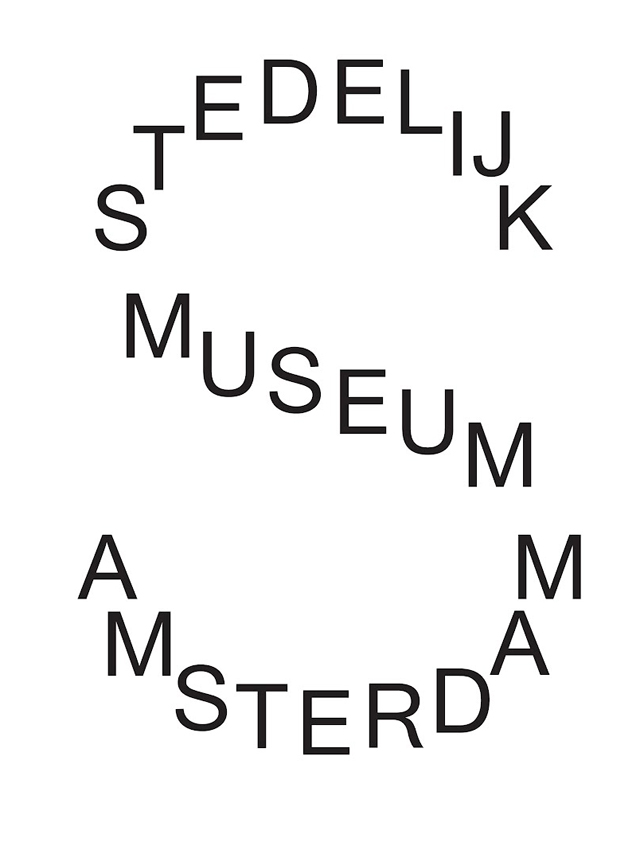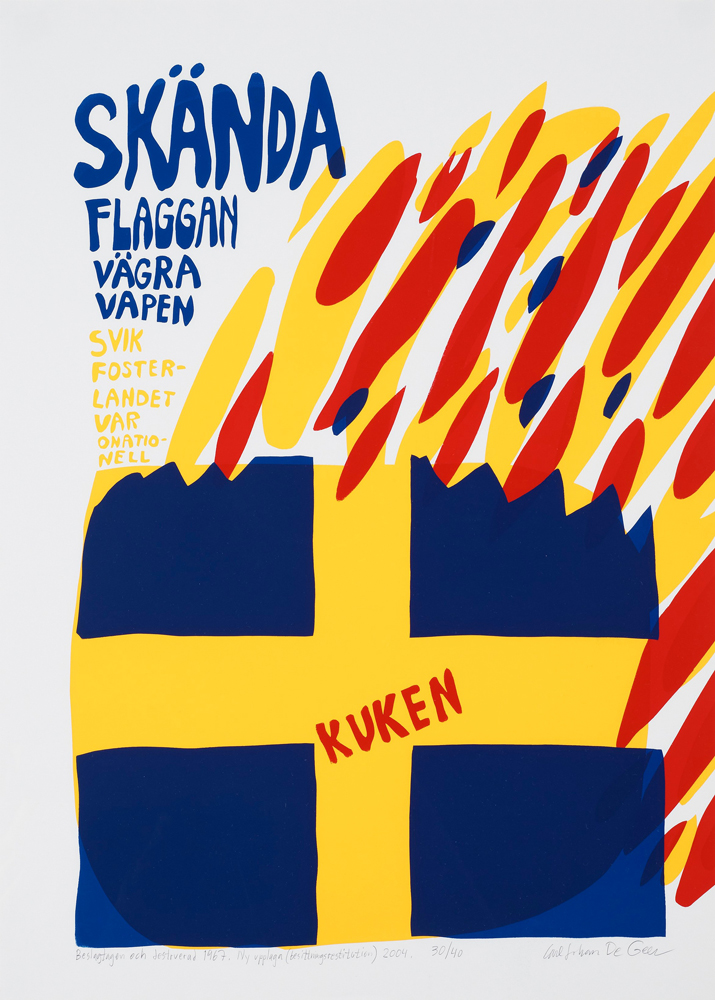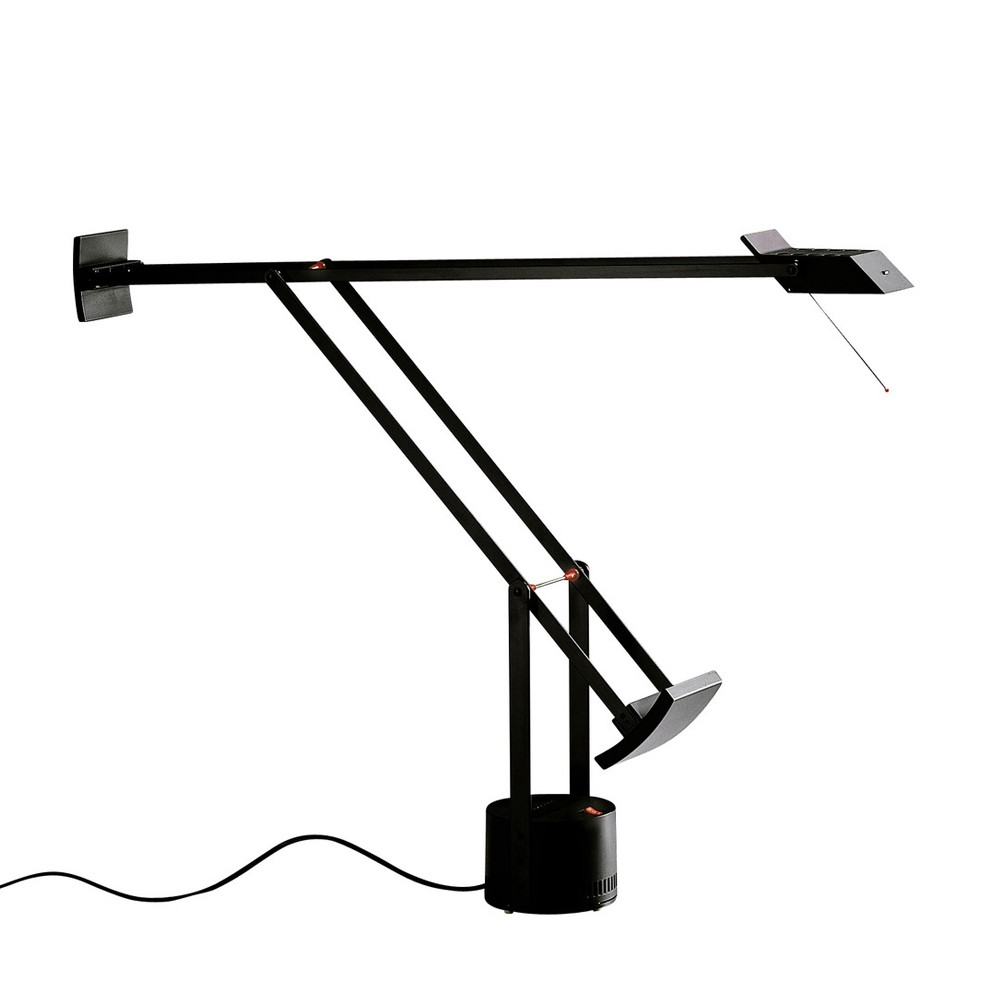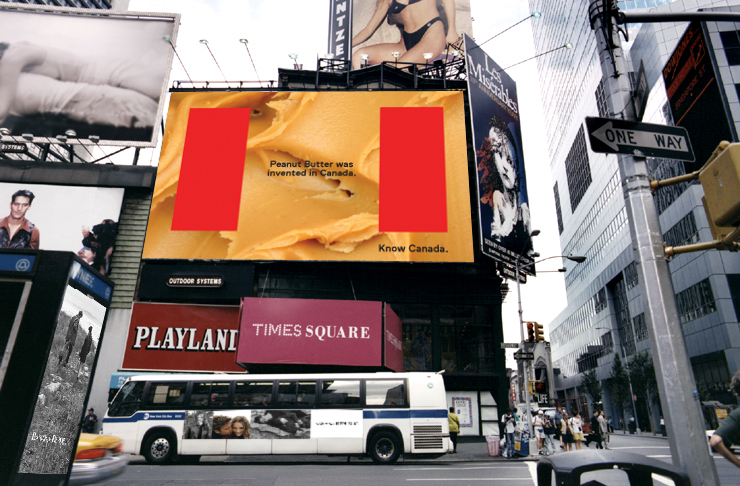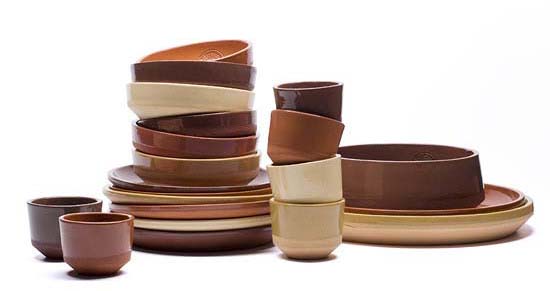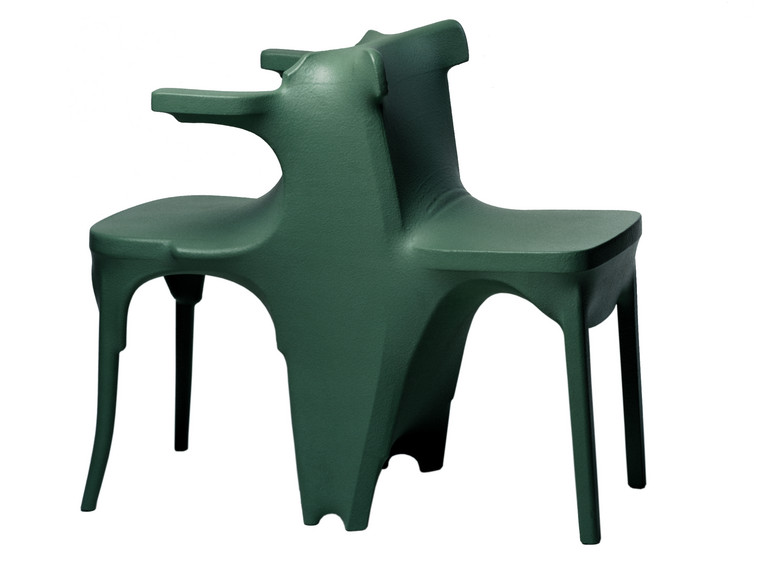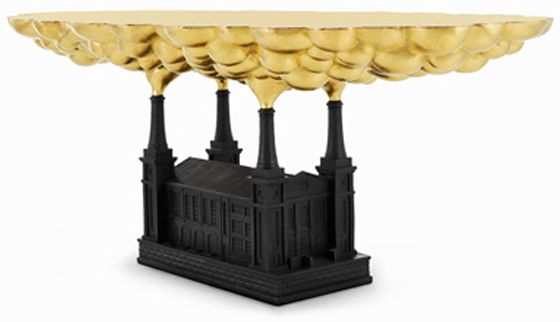Ignaz Schiffermüller (1727-1806) was an Austrian naturalist mainly interested in insects, specially butterflies. He was a teacher at the Theresianum College in Vienna. Schiffermüller is also recognized for his work in optics and colour theory. He developed scientifically based colour nomenclature to describe the countless tones of nature.
In 1772 his work “Versuch eines Farbensystems” was published . It contained an attractive full-page engraving with a colour circle, inspired by the optical theory of French Jesuit Louis Bertrand Castel(1688–1757) and hand-tinted with twelve colours continuously shading into one another. He developed it based on natural samples of colour and colour charts where he compared the tones. The circumference of Schiffermüller’s circle is filled with twelve colours to which he has given some very fanciful names: blue, sea-green, green, olive-green, yellow, orange-yellow, fire-red, red, crimson, violet-red, violet-blue and fire-blue. The three primary colours of blue, yellow and red are not placed at equal distances from each other; between them come three kinds of green, two kinds of orange and four variations of violet (excluding the secondary colour violet). Schiffermüller selects a total of 12 colours like Father Castel who linked his system to music — more specifically, the twelve semi-tones of the musical scale.
Ignaz Schiffermuller’s system served to illustrate Newton’s discovery that the pure colours could be arranged in a circle. He was one of the first to arrange the complementary colours opposite one another: blue opposite orange; yellow opposite violet; red opposite sea green. Schiffermüller also placed a sun (only suggested here) inside his colour circle in order to emphasize that all colours are produced by nature.
What all three scholars had in common aside from naturalistic origins of their studies is how tones of colours and shading is crucial for development of each colour. The gradual change in colour’s intensity is visually representing the natural unstability of colours and how we perceive them. Because of that we can consider Schriffermuller’s work as a contemporary study of colour.
